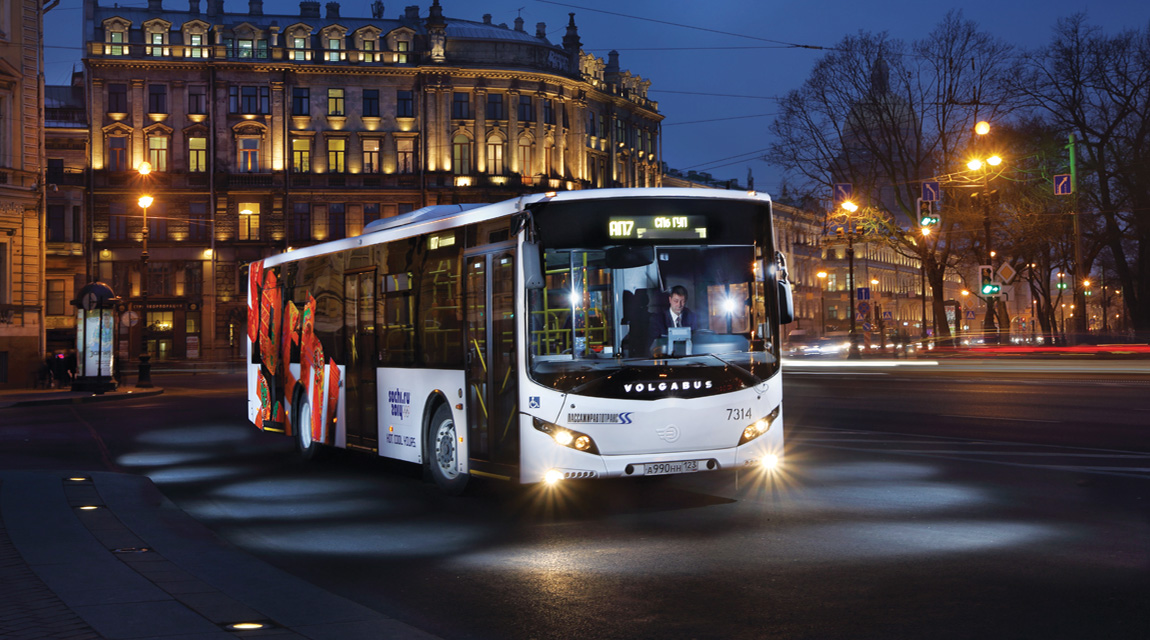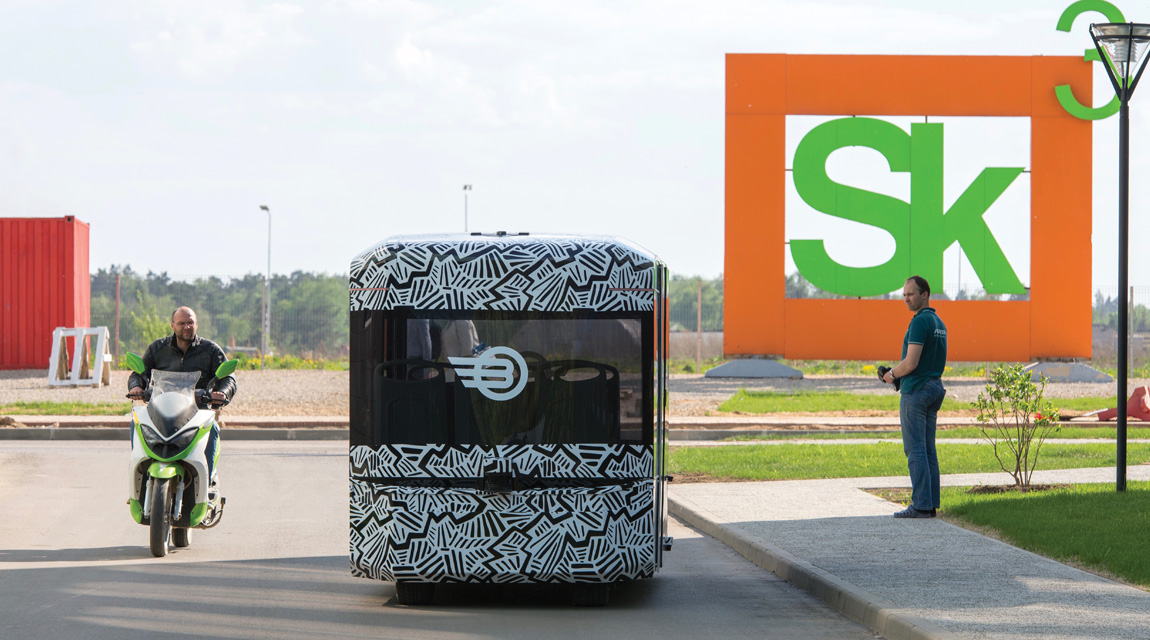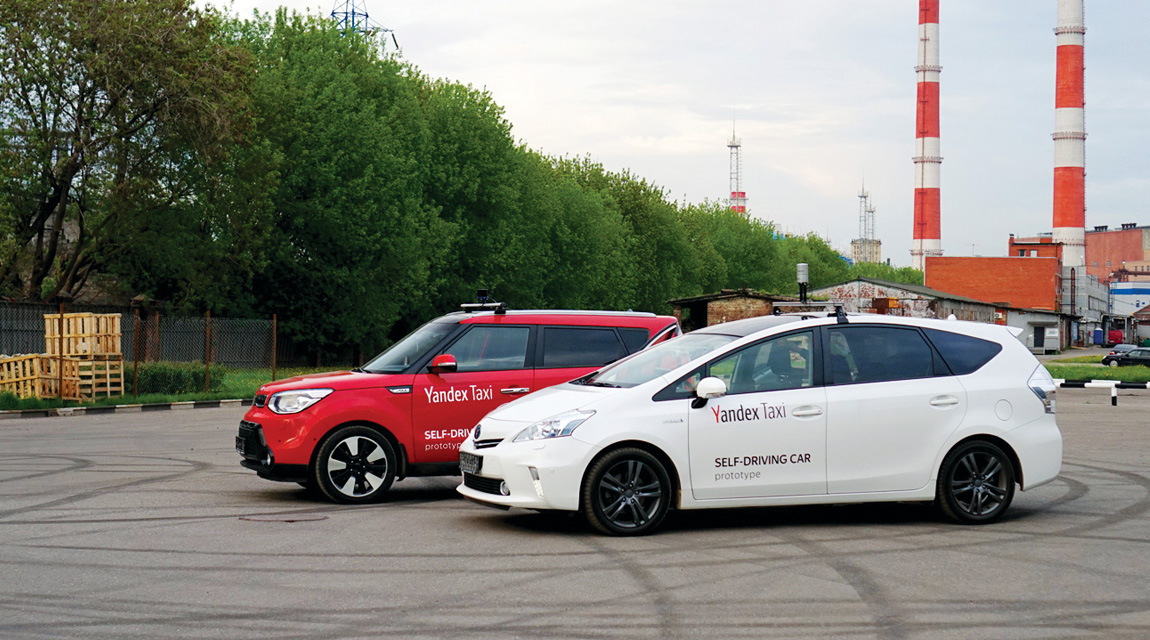Russia joins the race to an automated future

Russia might finally be ready for the self-driving vehicle revolution that is consuming many vehicle manufacturers in Europe, the United States (US) and China. FOCUS investigates plans for an automated future in Russia.
Russian Volgabus Group launched its driverless bus, dubbed Matryoshka, in September 2017, at the Skolkovo Innovation Center in Moscow.
Top Russian truck manufacturer Kamaz introduced a self-driving bus in 2016. Its debut at the 2016 Moscow International Auto Show was so successful that Kamaz and Russian internet giant Yandex teamed up to continue development on self-driving vehicles.
More prototypes of the bus are expected to run at the 2018 FIFA World Cup, which will be held in Russia from June 14 to July 15. The serial production of these buses is planned for 2020 with the electric buses estimated to cost ten million rubles (R1,9 million).

Yandex is also independently designing driverless vehicles. It ran a test of its self-driving car in Moscow after a heavy snowfall in March. While it seems that vehicle manufacturers are keen to introduce driverless vehicles, the general Russian public seem more averse to the idea.
Ipsos, a global market research and consulting firm, conducted a global study on attitudes regarding self-driving vehicles. The study was conducted before recent fatal accidents involving autonomous vehicles in the United States (US).
Niall McCarthy reports for Forbes: “The research found that faith in the technology was strong in most countries, with only 13 percent of people across the world saying they would never use a self-driving car.”
In Russia, 33 percent of the population were in favour of the self-driving cars, while 59 percent were unsure and ten percent were against autonomous vehicles. This indecision could be a challenge for manufactures, as it could result in slow adoption rates. This is, however, not the only challenge faced in Russia. Other challenges include its unique infrastructure, weather and driving culture.
Dylan Love, in an article for Business Insider, quotes head of Yandex, Dmitriy Polischuk: “Weather creates some difficulties, but this can be solved as sensors improve and we collect more and more unique data to train our algorithms.”
In 2017, Russia held the first hackathon aimed at driverless vehicles. Engineers at the event found that, among other things, self-driving cars struggled to identify road signs. Annie Gause, in an article for The Guardian, notes: “Most cars struggled to identify signs, which were hard to detect in snow or rain. For non-Russian speakers, the task was practically impossible.”
She quotes Sami Mian, computer scientist at Arizona State University: “The problem is that the signs are small and, in Russia, they look very similar. The main difference is numbers and arrows. A city entry sign can look almost the same as a stop sign.”
Russia also has many non-compliant drivers who often ignore the rules of the road. Gause writes: “Seat belts are scorned, and traffic laws widely ignored; speeding violations are enforced with US$ 4 (R47) fines, paid by phone. It’s no surprise that the rate of road fatalities in Russia is nearly double that of the US, with an average of 20 serious accidents a day just in Moscow.”
“However, most of the world’s roads look more like Russia than Mountain View, California in the US, and that gives Russian developers an edge in building the brains of autonomous cars,” she adds.
With the promise of safer roads, self-driving vehicles might be the only solution for Russia. German market research company, Statista, estimates the number of road deaths in Russia to have been 23 144 in 2015. That same year, South Africa had 12 944 road deaths.
With little change in driver habits and culture, the number of road deaths might continue to grow, especially as the Russian vehicle market rebounds.

In 2012, it was thought that Russia would overtake Germany as the largest vehicle market in Europe. That was not the case, however, with very few vehicle sales in the last few years. Yet, in 2017, Russian car sales rose by 15 percent to 152 259 units. The market (including the truck market) is expected to grow by an estimated five percent by 2024.
The 2014 Deloitte Global Truck Study estimates the global compound annual growth rate (CAGR) for the truck market to be 3,1 percent. The report predicts that Russia will be one of the biggest truck markets by 2024.
Meanwhile, Russia is also looking towards intelligent transport systems (ITS) to reduce vehicle accidents. Eugene Gerden, a reporter on news website ITS International, writes that the Russian government plans to “increase transport-related communications to improve road safety and traffic efficiency”. This will be done by increasing the number of connected vehicles in the country.
Russia plans to implement the ERA-Glonass system, which is based on the European-equivalent eCall. Among other features the system contacts emergency services when an accident occurs. Gerden notes that it is believed this technology will reduce road accidents by up to 80 percent.
There are plans for the first smart road, designed for connected and unmanned cars, to be constructed this year between St. Petersburg and Novorossiysk. Despite the push, it seems as though an automated future for Russia might not happen soon – at least not until navigation systems on the self-driving vehicles can better identify road signage.
Yet, one has to wonder whether, with its challenging transport environment, Russia could have a competitive advantage in the automated vehicle future, or is it destined to follow the same fate as the US, where self-driving vehicle innovators, such as Uber and Tesla, are plagued with fatal self-driving vehicle accidents?
Published by
Focus on Transport
focusmagsa



